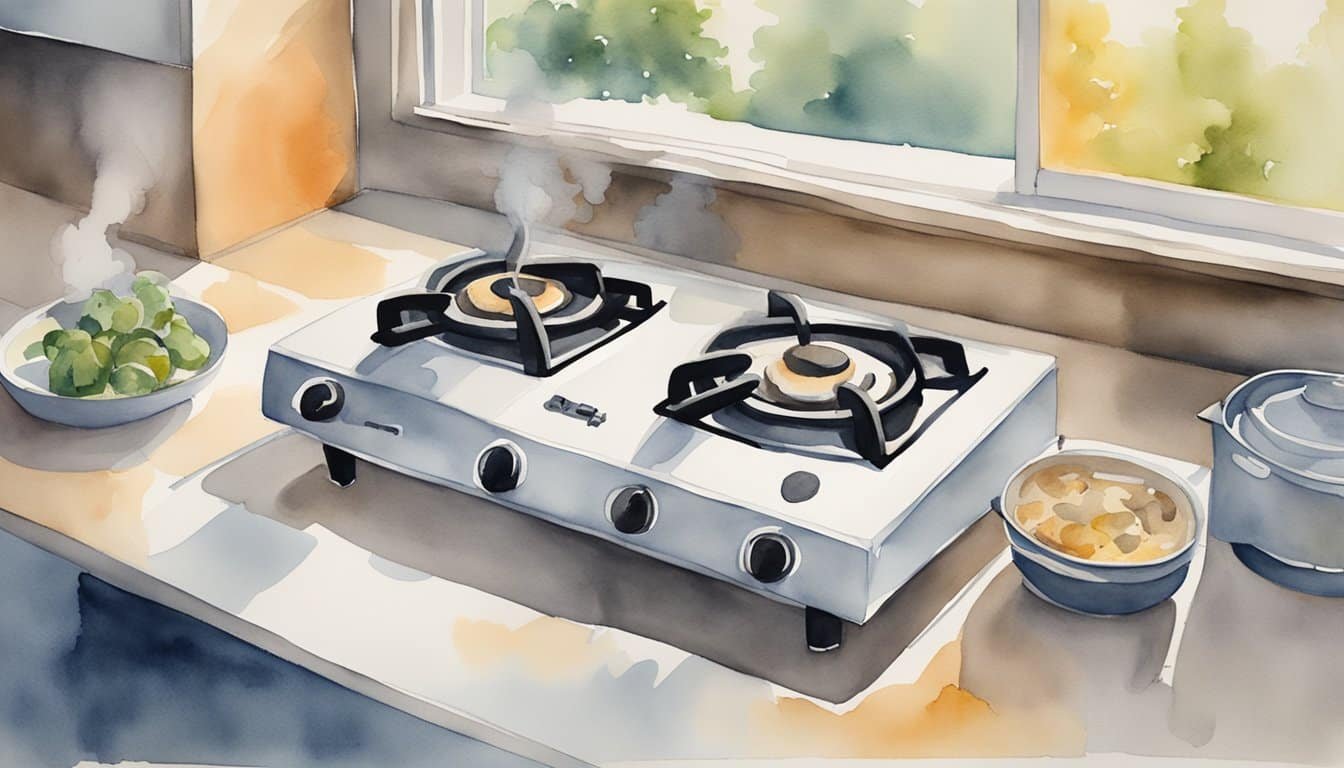Understanding the Connection Between Gas Stoves and Cancer Risks
Exploring the relationship between gas stoves and cancer involves examining the emissions they produce and how those affect indoor air quality and health. Here’s a look at the specific chemicals and compounds emitted and their implications.
Chemical Emissions and Indoor Air Quality
Gas stoves emit a variety of chemicals that can compromise the quality of the air inside homes. These emissions include carbon dioxide (CO2), water vapor, and, more concerning, small amounts of nitrogen dioxide (NO2), carbon monoxide (CO), and formaldehyde—each contributing to potential health risks.
Benzene and Carcinogenic Compounds
Among the compounds emitted during combustion of natural gas, benzene stands out due to its well-documented status as a carcinogen. While typically present in outdoor environments, benzene can accumulate indoors, particularly in poorly ventilated spaces, raising the stakes when it comes to cancer risks. Research has found an association between diesel exhaust exposure and lung cancer risk, illustrating the dangers of similar emissions within homes.
Nitrogen Dioxide, Asthma, and Respiratory Health
Nitrogen dioxide, a byproduct of gas combustion, not only aggravates asthma but also impacts overall respiratory health, which could contribute to long-term consequences like cancer. A study revealed an increased risk of lung cancer among coke oven workers due to NO2 exposure, highlighting the similar risks posed in household settings with coke-oven emissions. Proper ventilation is crucial in mitigating the effects of these hazardous emissions.
Health Implications and Research Insights

Understanding the potential impacts of gas stoves on health, particularly among children and those with pre-existing conditions, has sparked discussions among researchers and healthcare professionals. Investigation into these implications sheds light on important correlations and offers guidance for safer indoor environments.
Effects on Children and Vulnerable Populations
Research indicates that children living in homes with gas stoves have a higher risk of developing childhood asthma. This type of indoor air pollution can exacerbate respiratory diseases and may also influence the development of other health conditions. For vulnerable populations, such as individuals with pre-existing respiratory issues or immune-compromised systems, the effects can be particularly concerning.
Relevant Studies and Expert Opinions
Notable studies, like the one led by Rob Jackson at Stanford, highlight the hazards of indoor methane emissions from gas stoves. Eric Lebel, of PSE Healthy Energy, adds that gas stoves can lead to indoor concentrations of pollutants often exceeding EPA’s health benchmarks. Drew Michanowicz, another lead author, supports these findings, suggesting a close link to volatile organic compounds and blood cell cancers, such as leukemia. The American Gas Association, however, advocates that gas appliances meet the safety requirements set by the government and argues that they are safe when used as intended. Meanwhile, organizations like the Environmental Protection Agency and World Health Organization provide guidelines to mitigate health risks associated with pollutants emitted by gas stoves.
Regulations, Alternatives, and the Path Forward

In the face of rising health and environmental concerns, regulations and alternatives to gas stoves are being hotly debated, with diverse solutions emerging to modernize the kitchen and improve indoor air quality.
Banning Gas Stoves: Policy Debates and Legal Framework
California leads the charge in the United States with initiatives to phase out gas stoves, fueled by worries about their contribution to poor indoor air quality and climate change. The American Public Health Association recognizes the health risks, such as exacerbated asthma, resulting from pollutants emitted by gas stoves. Some initiatives prioritize the revision of energy efficiency standards, while legal frameworks look to regulate hazardous air pollutants. Regulators are considering both bans and stringent compliance requirements, which could reshape kitchens across California and beyond.
Exploring Induction Technology and Electric Solutions
Induction cooktops and electric stoves are front-runners in the shift away from gas, offering higher efficiency and reduced emissions. Organizations like Rewiring America advocate for induction technology, noting its precise temperature control and safety benefits, thanks to the absence of an open flame. Electric solutions also minimize the risks associated with gas leaks and unburned gas byproducts. With induction stoves, the only thing heating up is the cookware, maintaining cooler, cleaner air around the cooking area.
Incentives and Programs for Cleaner Cooking Options
Grants, rebates, and incentive programs form a compelling case for consumers to switch to cleaner cooking options. In states like Colorado, programs designed to improve indoor air quality include upgrades to electric stoves and improvements to ventilation by installing range hoods and exhaust fans. These initiatives aim to offset the cost for U.S. households transitioning to more efficient cooking technologies, fostering a healthier living environment while contributing to the broader climate change mission.

